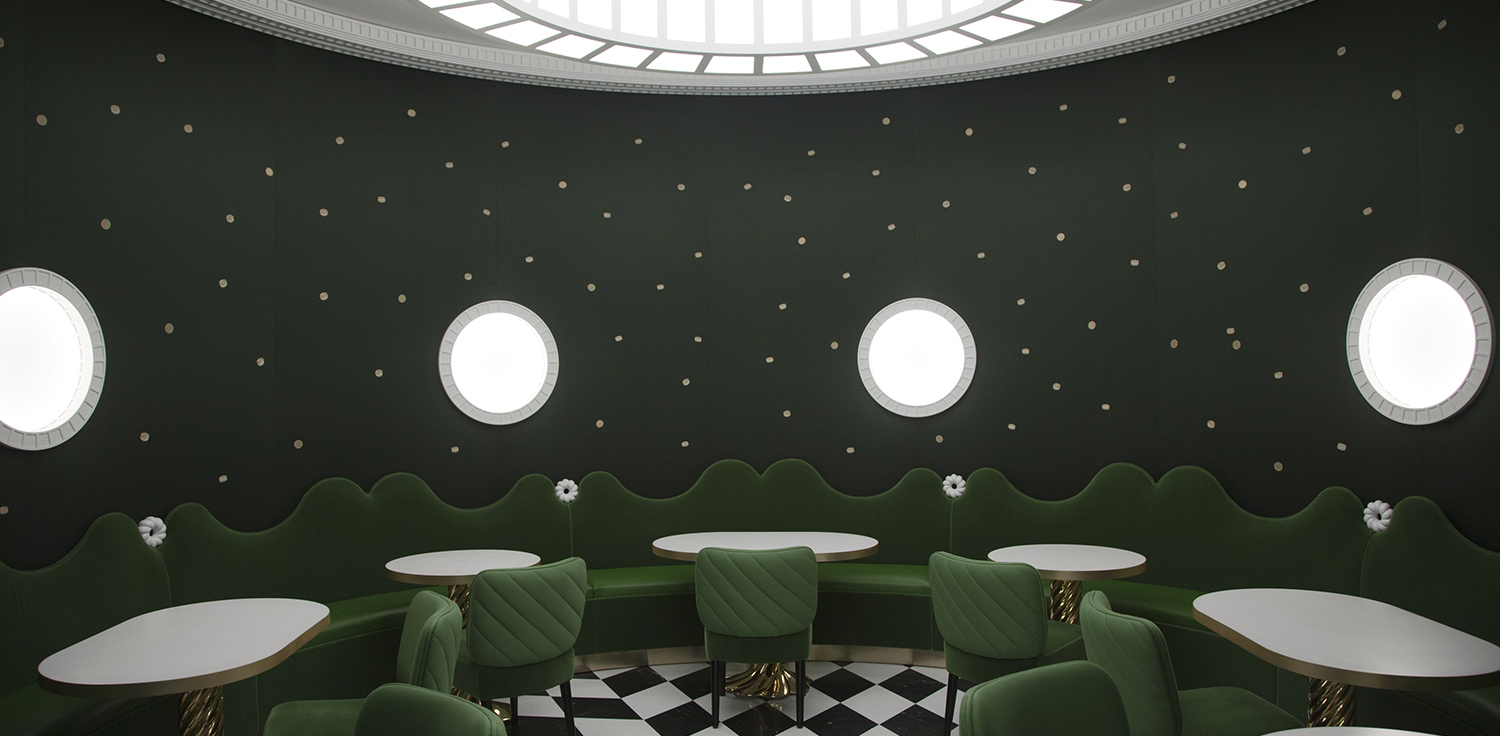TAA’s Montpelier office presents one of its recent projects: The Païcherou Aquatic Centre, remodeling and extension of a sports centre in Carcassonne, Occitanie region, France.
Architizer chatted with Pierre-Louis Taillandier, Founder & Urbanist architect at Taillandier Architectes Associés to learn more about this project.
Architizer: What inspired the initial concept for your design?
Pierre-Louis Taillandier: Païcherou Aquatic Center is located on the banks of the Aude river: the water and the riparian forest views were the driving forces behind the design. We wanted the swimming pool to benefit from the view and bring it into the building.

© Taillandier Architectes Associés

© Taillandier Architectes Associés
What do you believe is the most unique or ‘standout’ component of the project?
The structural principle of concrete pillars and wooden waffle slab structure, which allows to open the entire façade, is a core element of the project.
What was the greatest design challenge you faced during the project, and how did you navigate it?
Clearly, the most challenging part was to align both internal and external facades so that the structural and facade layouts contribute to the coherence of the project.

© Taillandier Architectes Associés

© Taillandier Architectes Associés
How did the context of your project — environmental, social or cultural — influence your design?
Païcherou Aquatic Center is located on a site within an area of multiple protected historic monuments. The simplicity of our design and its strong relation to this unique and exceptional context were key to the project.

© Taillandier Architectes Associés

© Taillandier Architectes Associés
What drove the selection of materials used in the project?
It was crucial to pick the durable materials that would tolerate the very humid environment of an aquatic center.
What is your favorite detail in the project and why?
I particularly like the wooden waffle slab construction system, which was the most important element to define as it was important for the clarity of the design that the peripheral concrete pillars align with the joists. This glued laminated timber structure supports the roof, using a two-way joist grid structure with 2.55m spacing. This system allows spanning more than 30 meters with a beam height of only 160cm. Intermediate load-bearing points were thus avoided.

© Taillandier Architectes Associés

© Taillandier Architectes Associés
How important was sustainability as a design criteria as you worked on this project?
We could have chosen a metal structure, but we rather opted for timber, a biosourced material, with a low carbon footprint.

© Taillandier Architectes Associés

© Taillandier Architectes Associés
In what ways did you collaborate with others, and how did that add value to the project?
The most challenging point was working closely with the fluid engineers so as to have no superfluous elements polluting the spaces, whether on the inside or the outside of the building.
Were any parts of the project dramatically altered from conception to construction, and if so, why?
No, the final construction is very true to the design.

© Taillandier Architectes Associés

© Taillandier Architectes Associés
How have your clients responded to the finished project?
Païcherou Aquatic Center’s users are very enthusiastic about the project.
What key lesson did you learn in the process of conceiving the project?
With this project, we learned that prefabrication, even for the concrete structural elements allow a better all over finish.
How do you believe this project represents you or your firm as a whole?
It is one of TAA’s finest projects and we are very proud of its realisation.
How do you imagine this project influencing your work in the future?
I am not sure it influences our work, because it is already based on these strong principles, but it certainly reinforces our intellectual approach!
Is there anything else important you’d like to share about this project?
Due to its close proximity with the river, it was really complex to integrate and curb the potential flood risk. However, our design allowed the project to pass all technical commission and debates.
Team Members
I would like to thank Mr Larrat, mayor of Carcassonne City.
For more on Païcherou Aquatic Center, please visit the in-depth project page on Architizer.






















 Païcherou Aquatic Center
Païcherou Aquatic Center 


